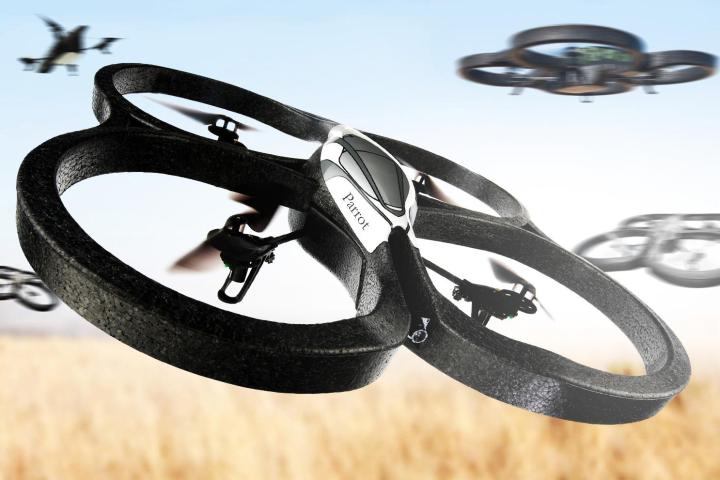
It appears the latest use for robot drones is to smuggle illicit substances into jail: four people have been arrested in Georgia after an attempt to fly tobacco into Calhoun state prison. A similar ruse over the border in Canada has also been reported.
The drone-led plot was foiled after Calhoun prison guards spotted the robotic aircraft hovering over the yard. Local police were alerted and began searching the area, discovering a six-rotor remote-controlled helicopter stashed in a nearby car. Between 1lb and 2lb of tobacco and several mobile phones were also recovered.
The four people arrested on suspicion of attempting to smuggle contraband into the jail could face up to 20 years in prison. “It is a surprise. I’ve never seen a helicopter,” said Sheriff Josh Hilton when interviewed by reporters.
Officers at the Gatineau jail in Quebec were less fortunate in catching the culprits, failing to find either a device or those responsible for piloting it after spotting a miniature aircraft near prison grounds last week.
The versatility of these lightweight aircraft is proving a headache for law enforcers. Drones are being employed to deliver textbooks, medical equipment and even pizzas in various places around the world. For more on the technology, check out our Drones 101 Beginner’s Guide.
“Now that drones are relatively cheap to buy, they’ve become the best way to smuggle drugs inside,” said Stephane Lemaire, president of Quebec’s correctional officers’ union, in an interview with the Ottawa Sun. “Usually the drones are carrying small packages of drugs or other illicit substances.” Lemaire called on the Canadian authorities to do more to boost security at the country’s and negate the threat of drops from remote-controlled aircraft.
Editors' Recommendations
- New Jersey cops use speaker-drones to help enforce pandemic lockdown
- Cops use drones to shame people flouting lockdown rules
- Using drones to detect coronavirus? It’s not as crazy as it sounds
- Flying meds: UPS uses drones for deliveries to CVS customers for first time
- Astronaut smart glove controls drones wirelessly, could be used to explore Mars


